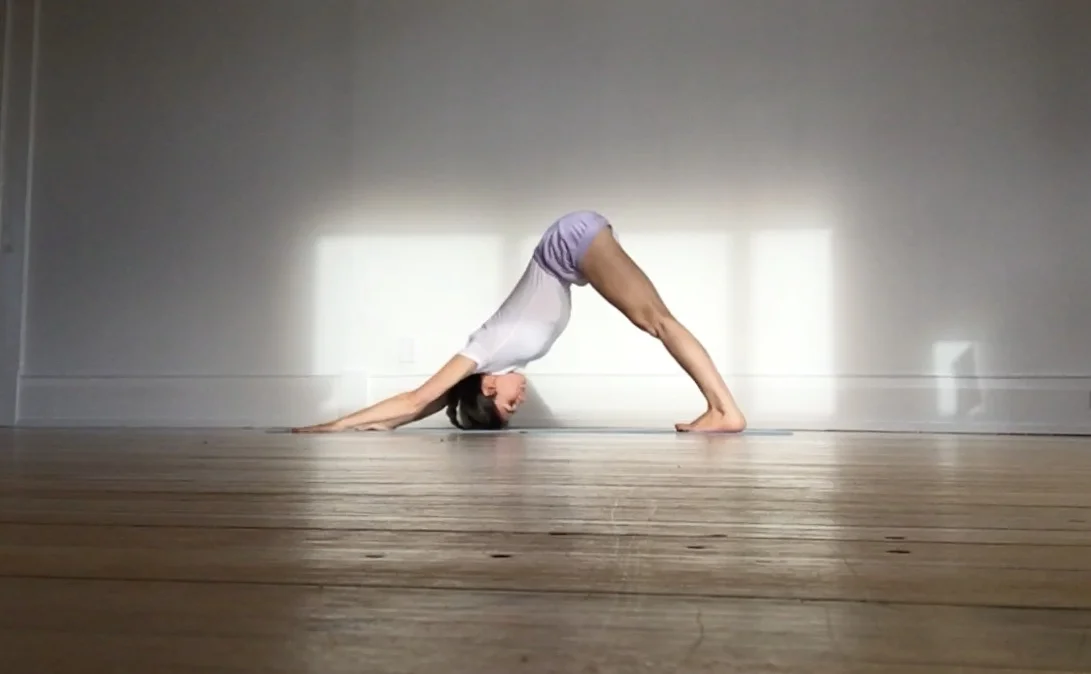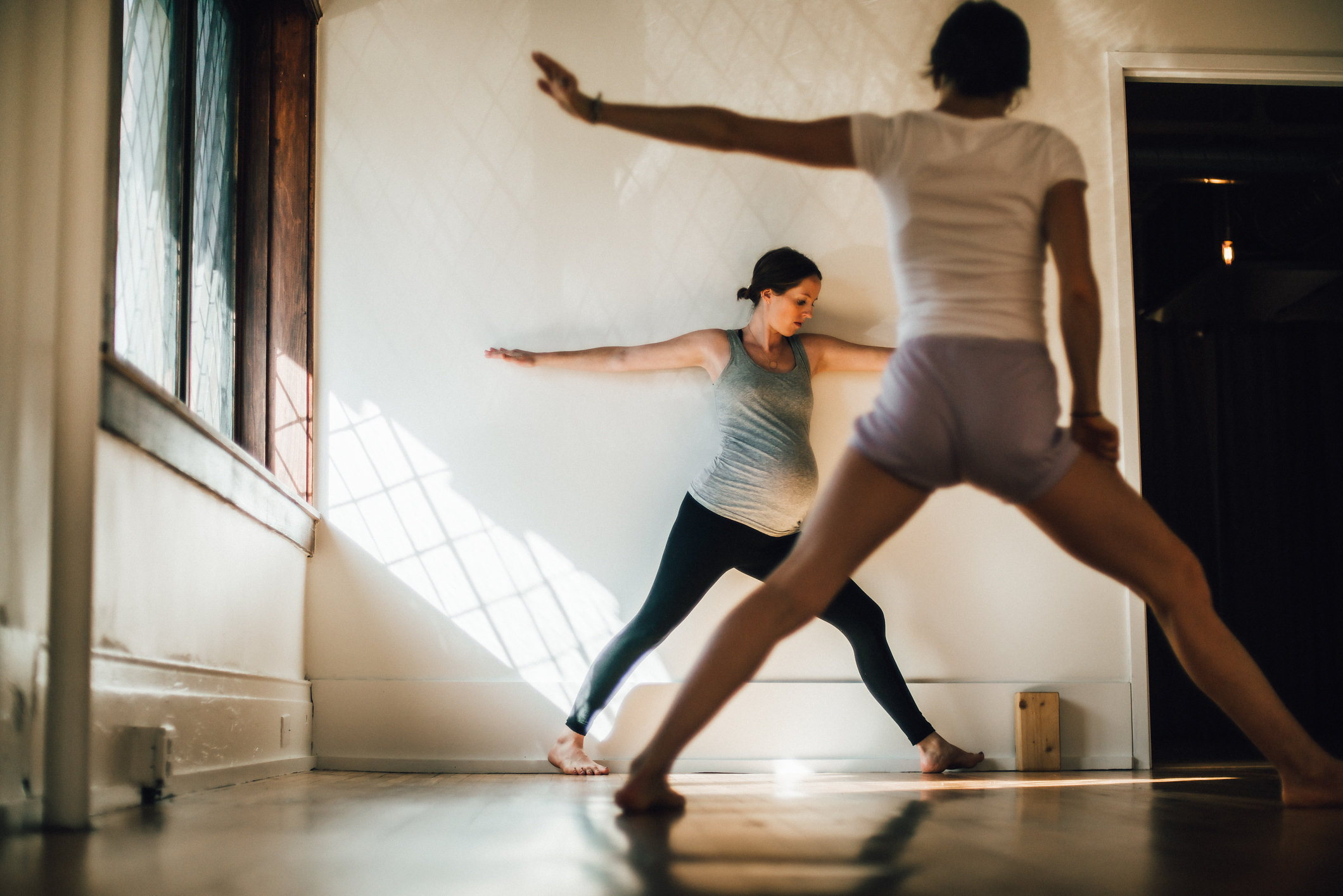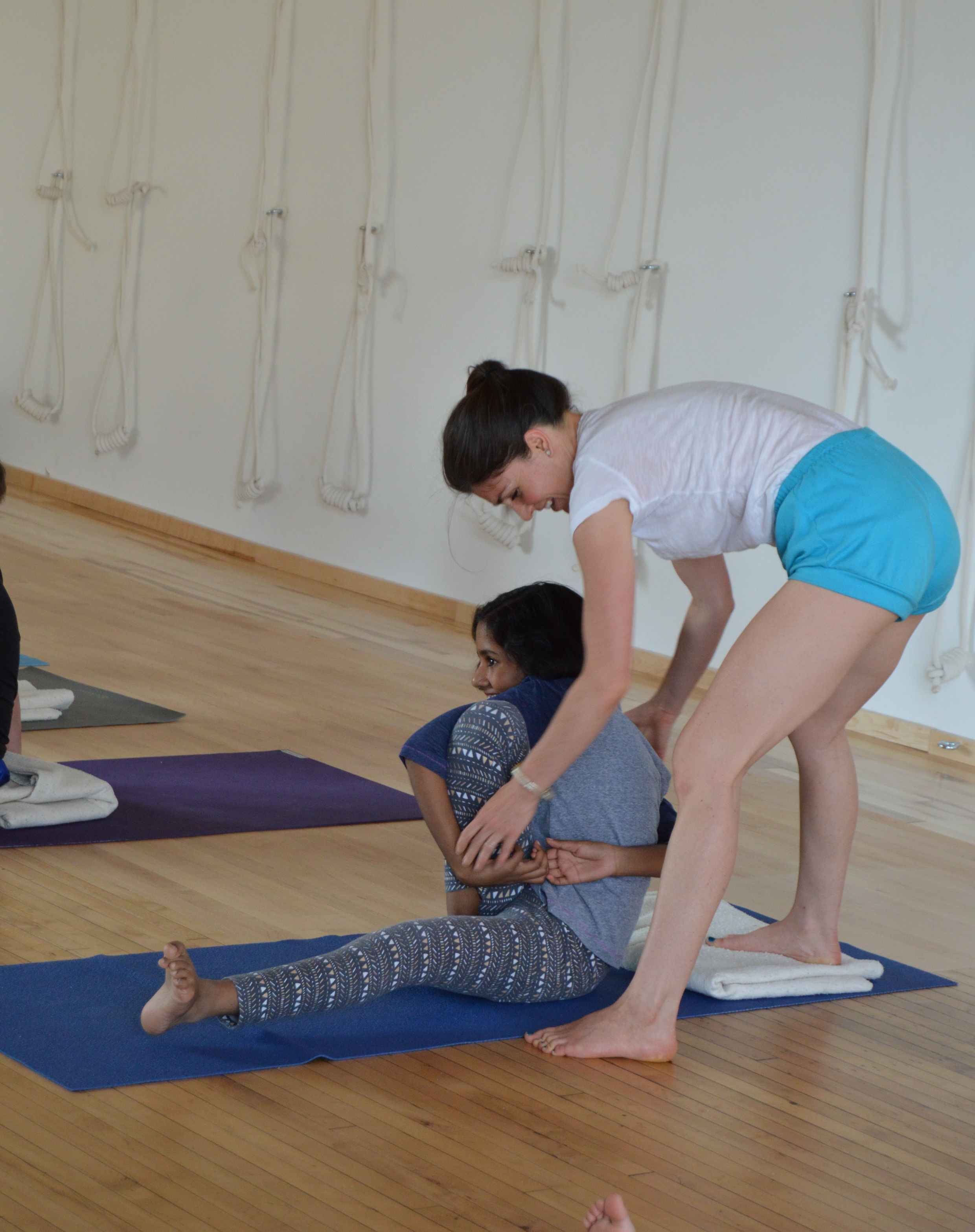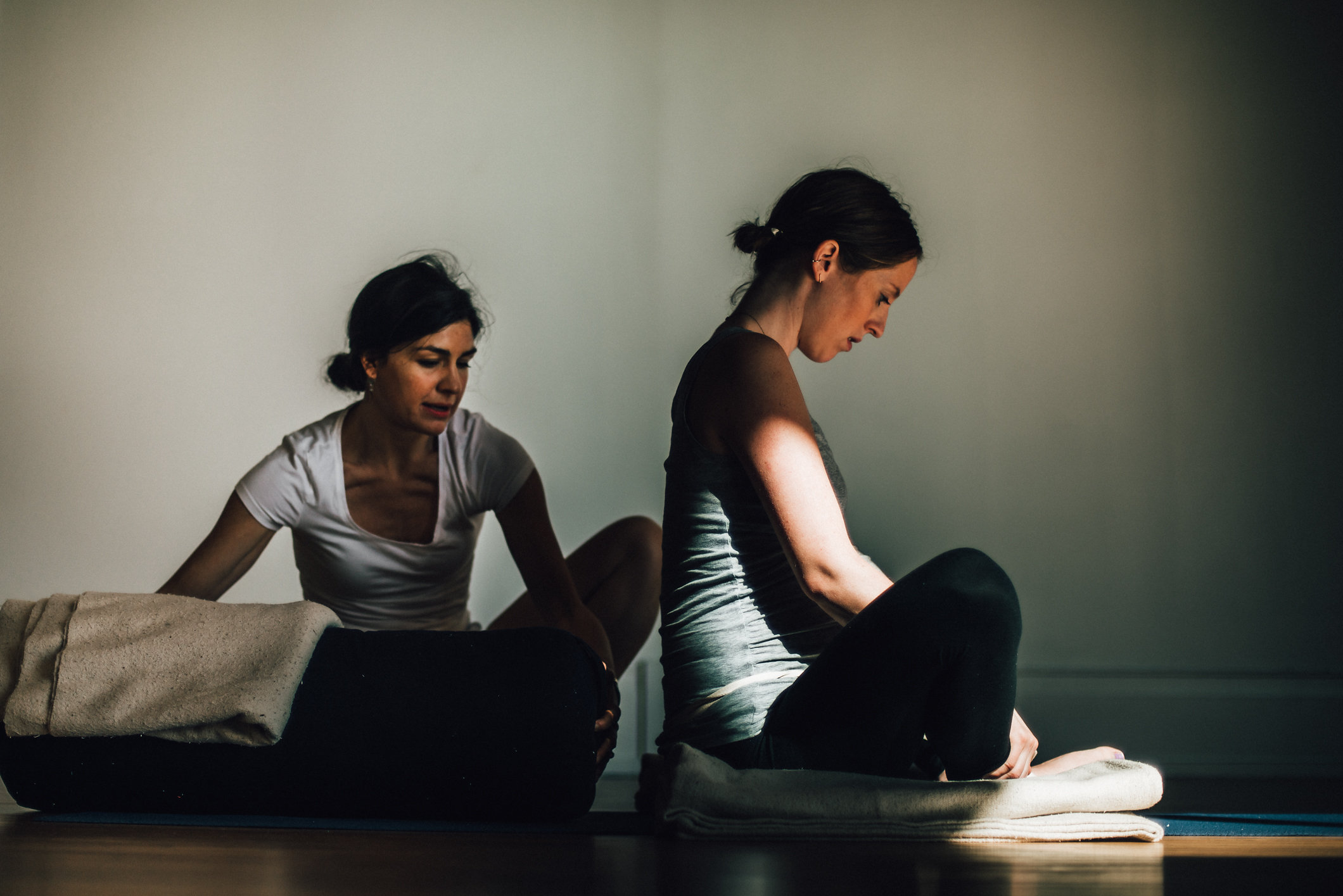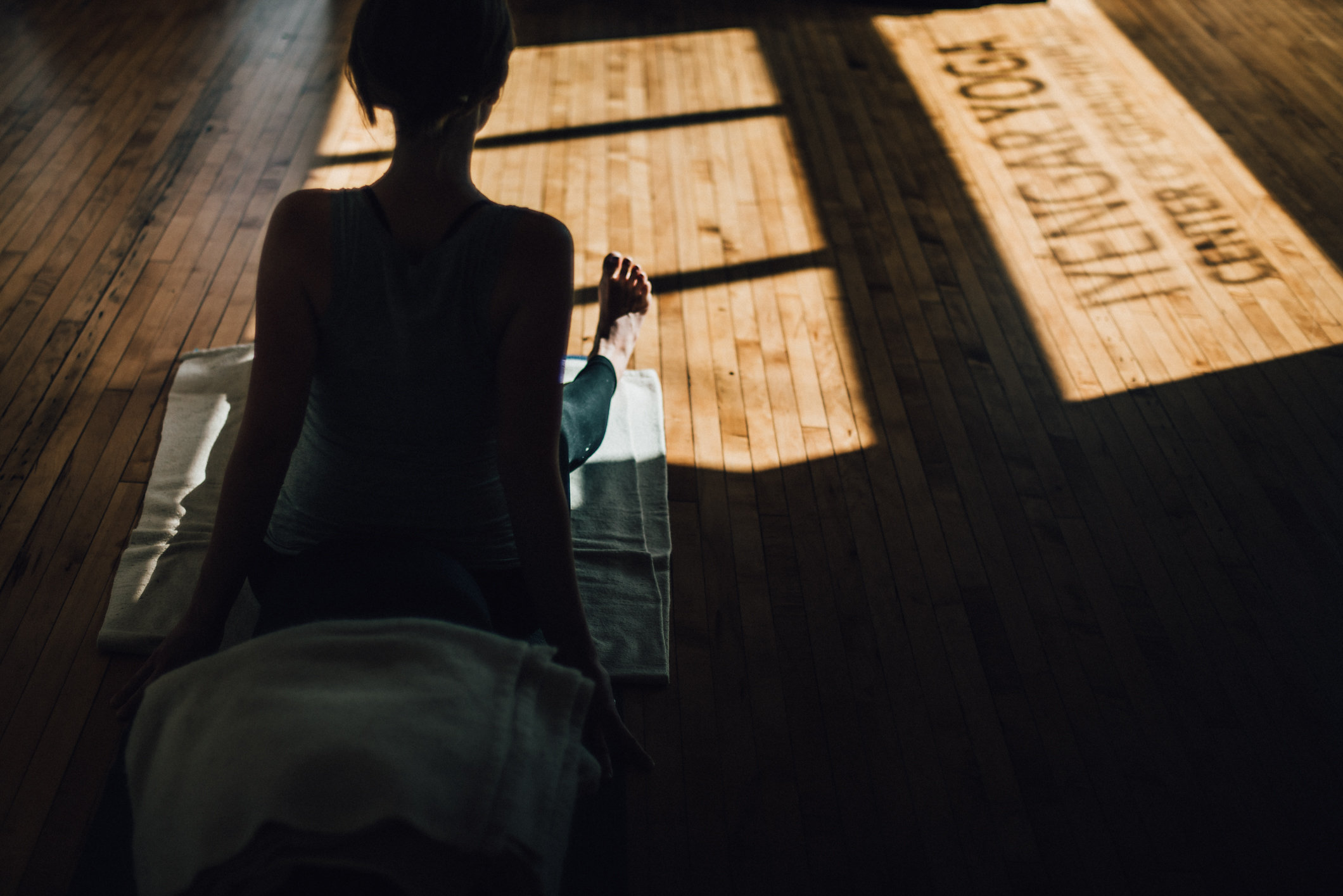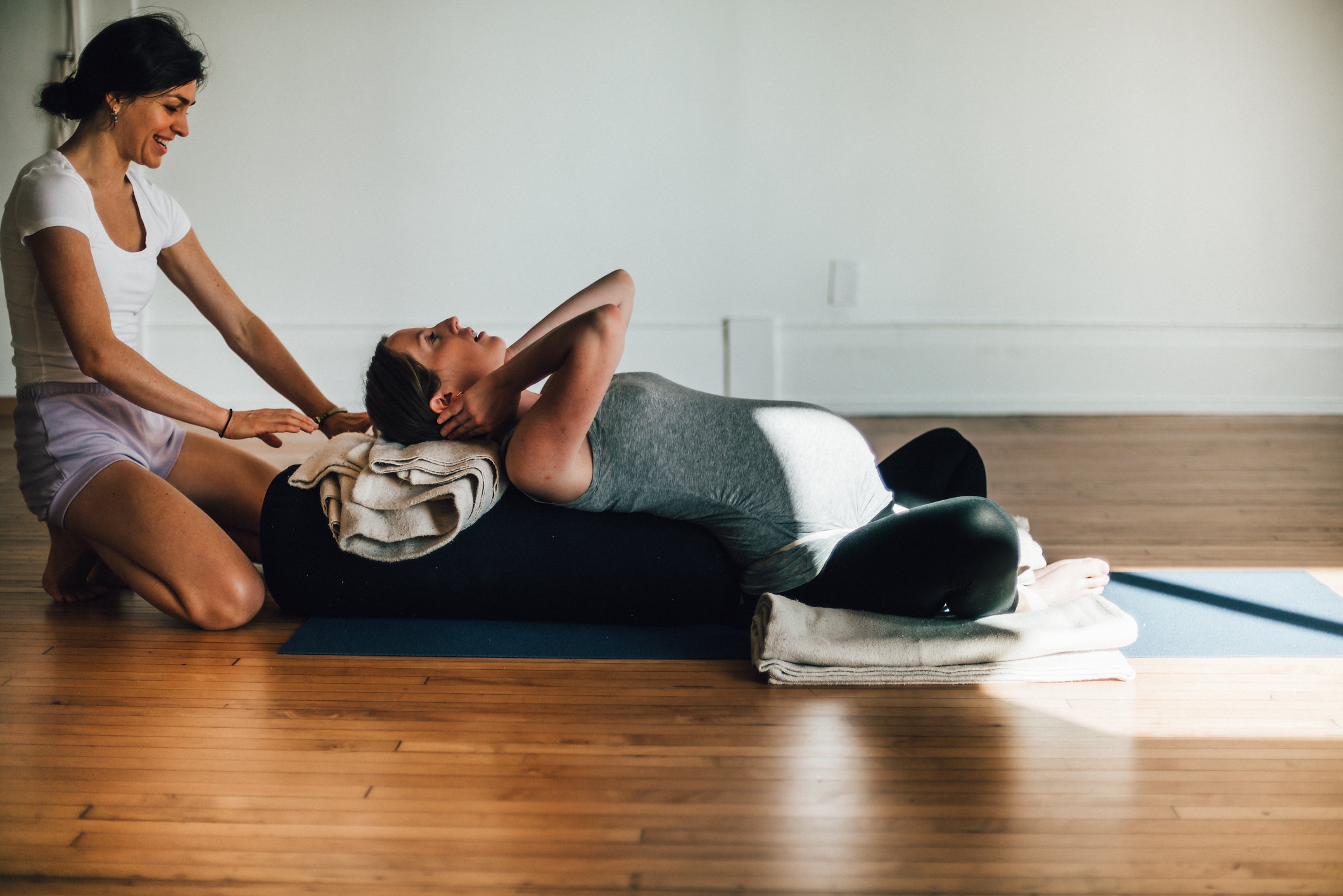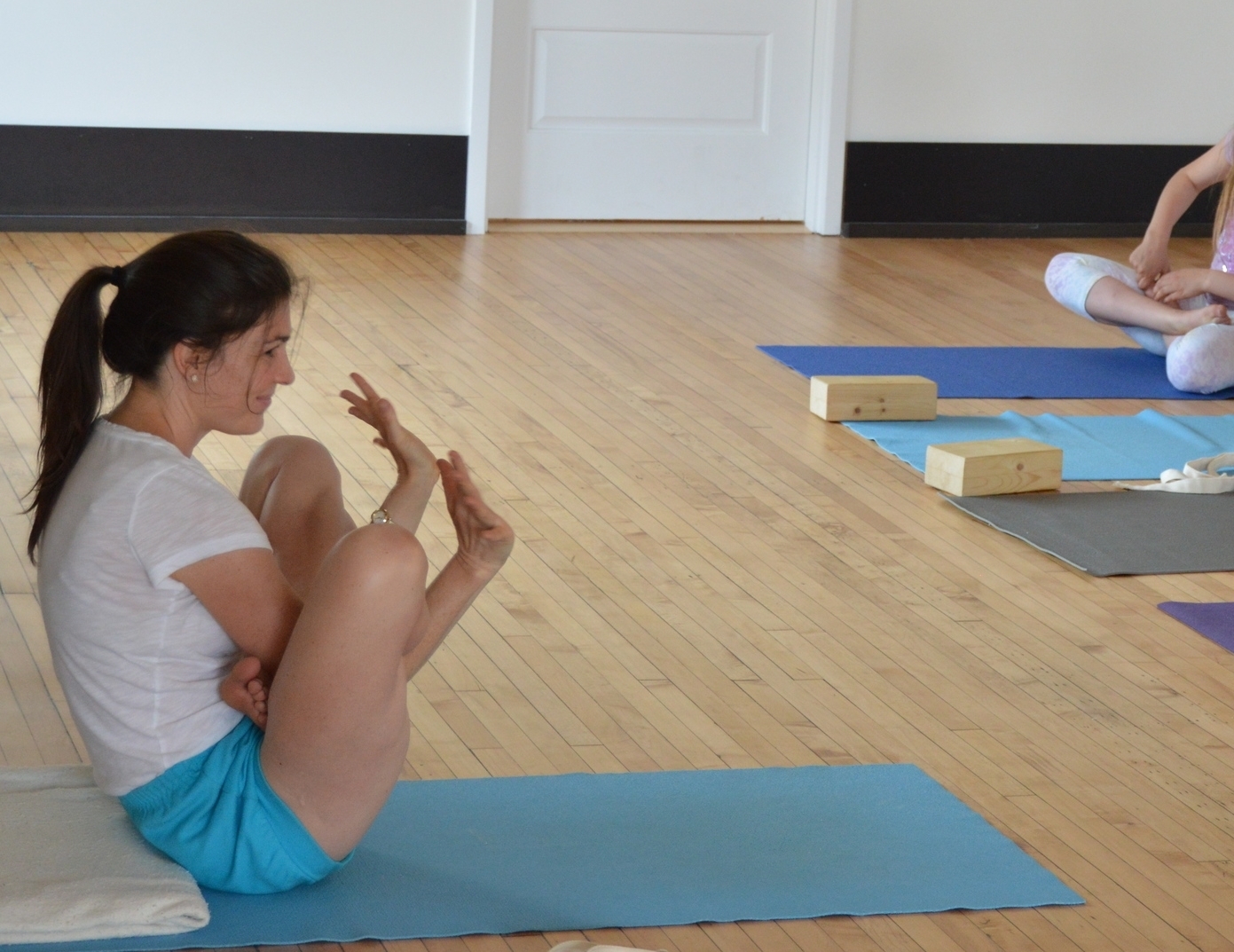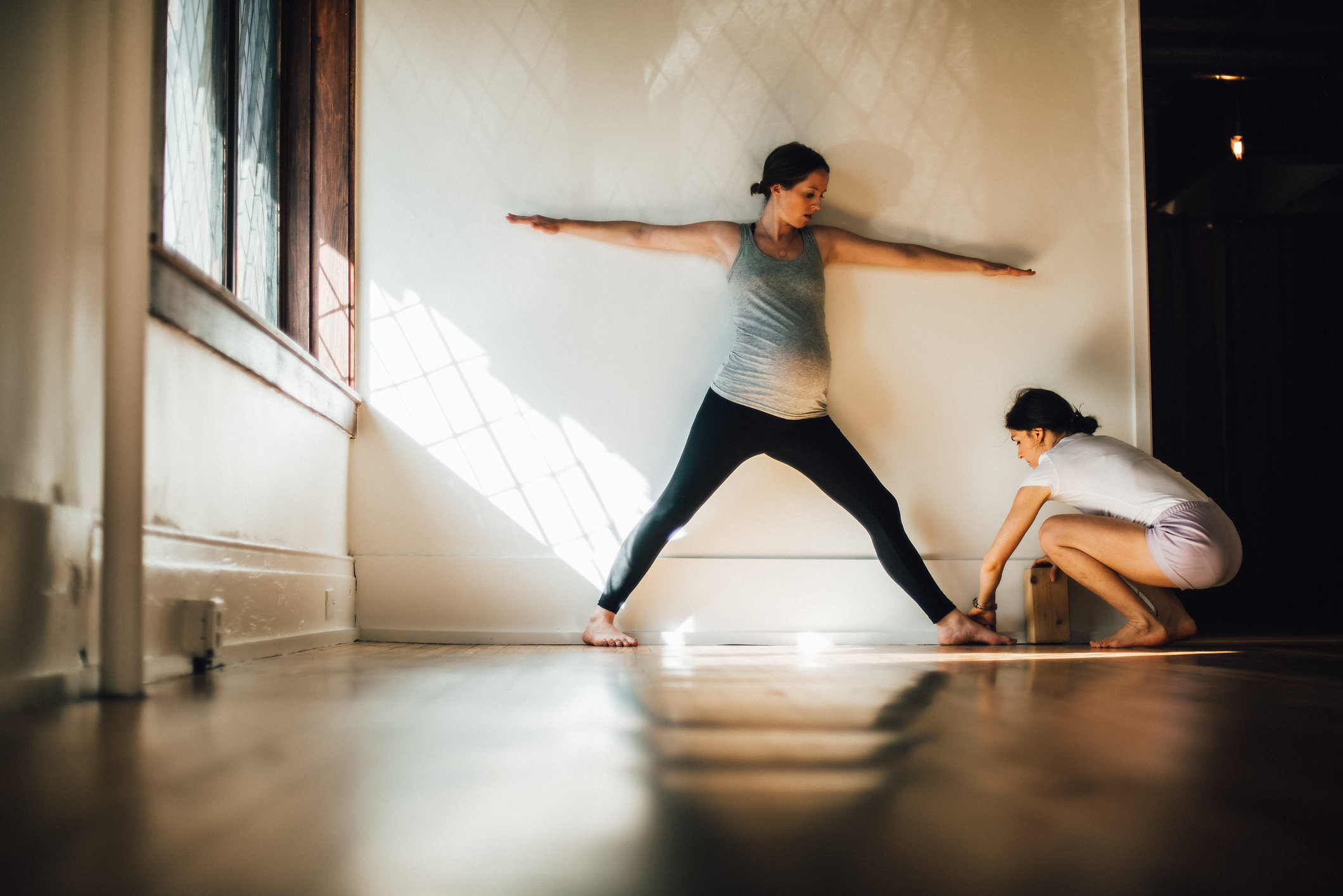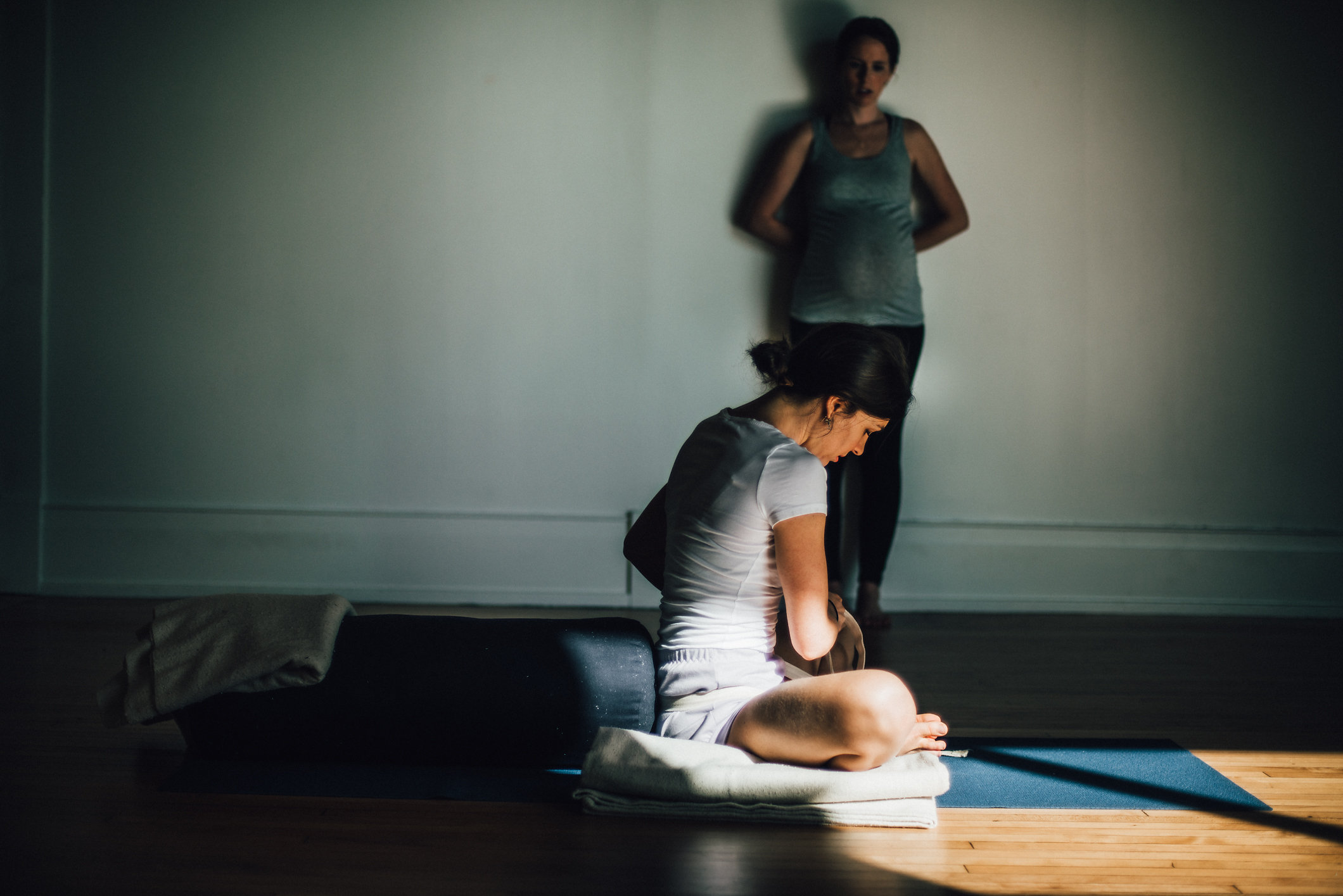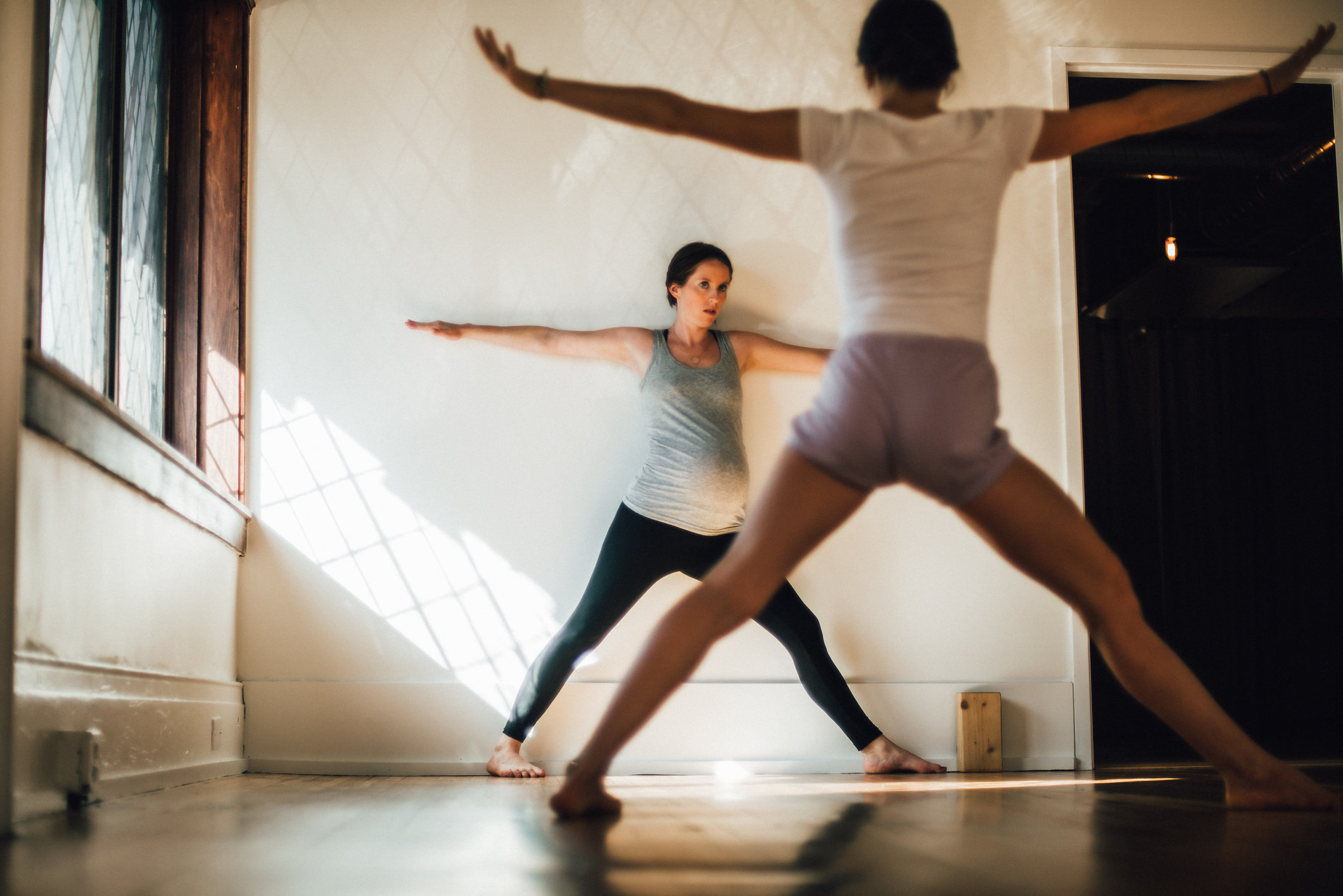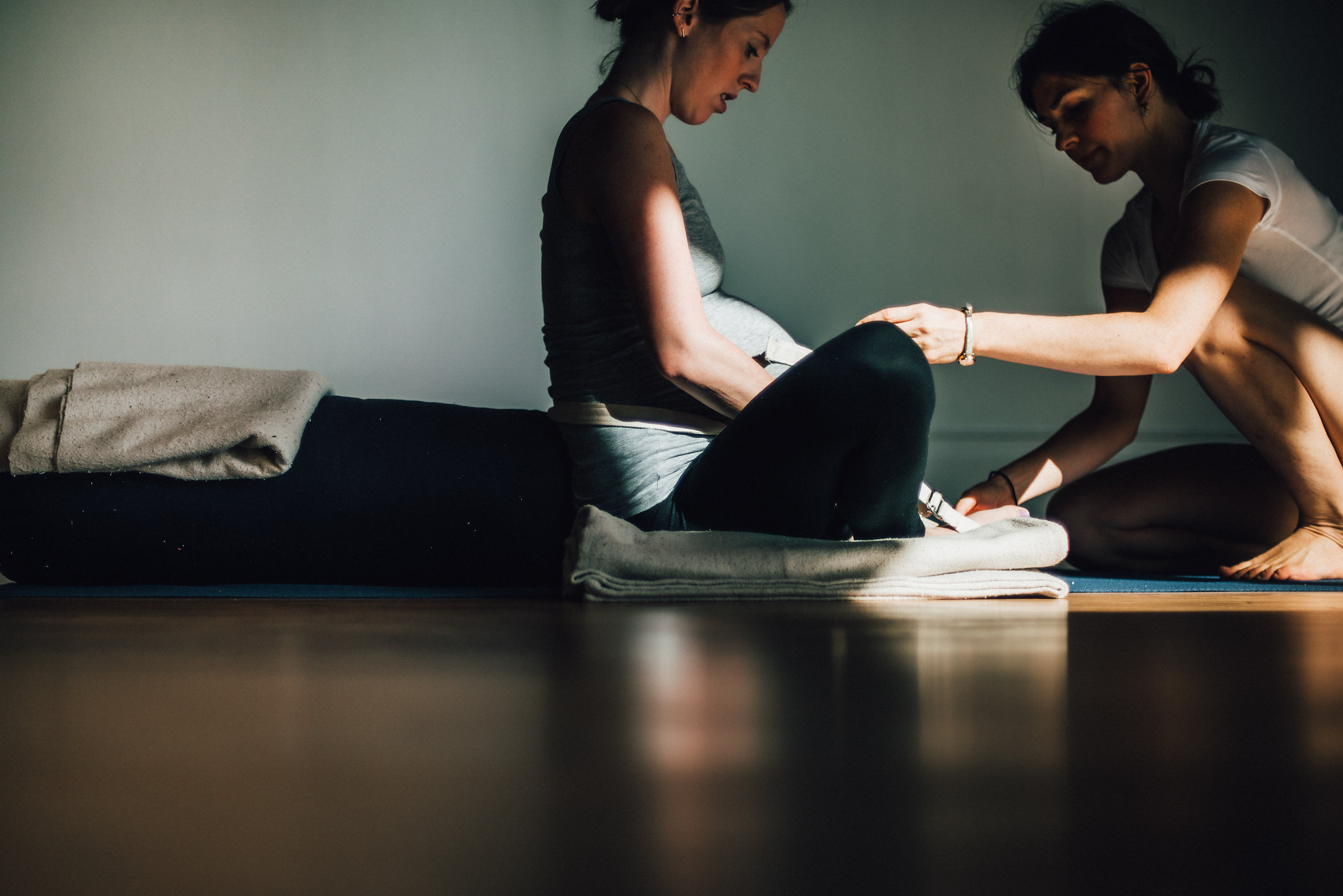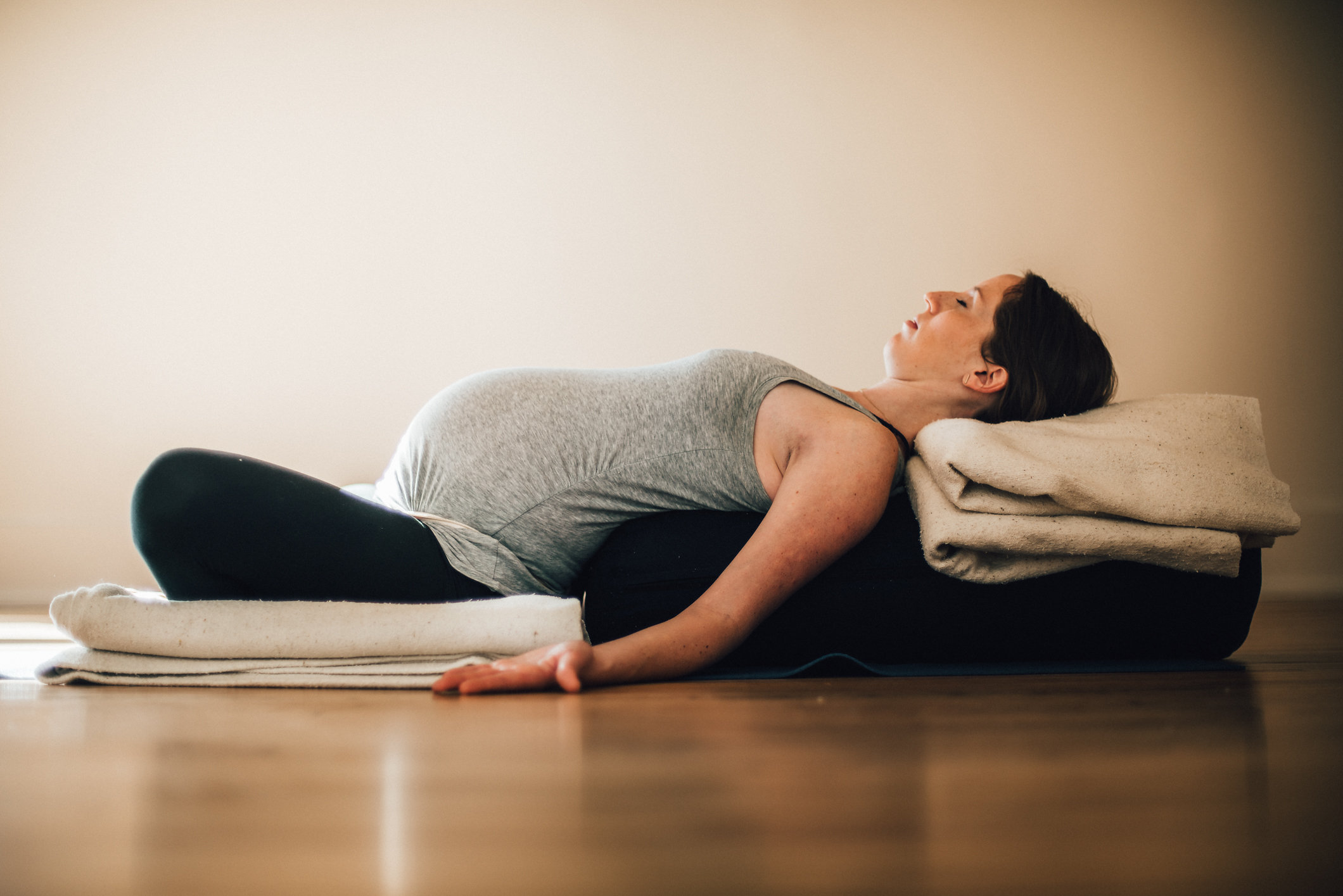class descriptions
Levels are designed to offer the student a thorough understanding of the postures and depth of the subject. Weekly, regular attendance is highly recommended and prolonged study at each level insures steady progress in the art and science of yoga.
Standing postures are the foundation of the Iyengar method of yoga. In addition to developing awareness in action, they help improve muscular skeletal alignment.
Iyengar yoga emphasizes alignment while developing strength, stamina, flexibility and balance.
Backbends and other categories of postures are introduced in Level 2 classes.
Props such as chairs, blocks, belts and the wall are used to help maintain safe alignment, to develop more awareness of actions, and to improve the performance of the postures.
The Level III-IV class is for intermediate to advanced students and teachers who have been studying Iyengar yoga for a long time, with a self-directed home practice that includes long inversions. The teacher's permission is required (in advance) for this class.
“The saying “as you sow, so shall you reap” is apt in the case of pregnant women. A woman who has looked after her health will reap the reward by having a healthy pregnancy and producing a healthy child. It is absolutely essential for a pregnant woman to maintain her physical and mental well-being both for her own sake and for the sake of the child within.”
The Iyengar method of teaching uses demonstration, precise instruction of position and actions to be practiced within a posture, and re-demonstration and correction if needed.
Props are used to support the body in restorative postures.
Certified Iyengar Yoga Teachers give individualized adjustments and corrections.
"The yoga asana practice with props is unique in that it is the only form of exercise which allows both action and relaxation simultaneously. They help rejuvenate the entire body, without increasing physical fatigue." BKS Iyengar, Yoga the Path to Holistic Health, 2001, p.165
Setu Bandha Sarvāngāsana - Bridge of the whole body pose, taught in Gentle/Restorative Class
Jennifer Beaumont with her children in Tolāsana.
“If the foundation is firm,
the building can withstand calamities.
The practice of Yoga is the foundation,
so that the Self is not shaken under any circumstances.”
Level I
Introductory beginner's classes for those new to yoga or new to the Iyengar method, or for experienced yoga students to strengthen their practice of fundamental actions and alignment in asanas (postures). Learn how to align the body and improve functional movement and practice awareness in action. Sanskrit names and yogic philosophy terms are introduced.
Level II
Classes for continuing students who would like to strengthen their practice of the fundamental actions and alignment in standing postures, forward and backward extensions, seated postures, spinal twists, and inversions. Practice awareness in action. Sanskrit names and philosophy terms are used and pranayama ("study of the breathing process") is introduced.
Levels III & IV
All categories of asana, pranayama, and yoga philosophy are taught. This class is for teachers and serious students who have a self-directed at home practice. Ability to maintain Salamba Sirsasana for 5 minutes and Salamba Sarvangasana unsupported for 5 minutes is a prerequisite for this class. The teacher's permission is also required.
Gentle
Yoga practice contributes to emotional stability and health in many ways. This slower-paced class includes restorative postures and sequences to soothe and restore the nerves. Postures are taught with more modifications and props to accommodate older students or those who require special assistance and/or have mild chronic health conditions or injuries.
Restorative/Pranayama
This slower-paced class includes restorative postures and sequences to soothe and restore the nerves, and an introduction to the study and discipline of the energies of the body through control of the breath, Pranayama. Students should have asana experience as a student in the general classes before enrolling for this class.
Prenatal Yoga
This class includes sequences and yoga postures that especially and specifically benefit and strengthen women's bodies and minds in the transformative experience of pregnancy. Physical, nervine, mental and emotional strength is developed through the mindful practice of yoga postures. Breathing exercises and relaxation techniques are taught to help calm the nerves through the experience of pregnancy, birth, postpartum healing and beyond. Pregnant students may also practice in Jennifer's Level 1 and Level 1-2 classes when Prenatal Yoga is not on the schedule.
Women's Class
This mixed-level class includes sequences and postures that especially and specifically benefit women in various stages & cycles of life, from the bent-over postures of motherhood, to the fluctuating hormones of menses & menopause. Pregnant & menstruating students are welcomed and encouraged to attend.
Yoga for Kids & Teens
Yoga for children should be as dynamic and playful as the joyful innate nature of the child is to be present, alert, aware. Yoga is very beneficial for children's overall health and development. The practice has great potential for protecting the physical alignment of the body and uplifting the emotional well being through the vital development phases of a child’s growth. The asanas (postures) are the physical foundation of the practice through which other aspects (moral, philosophical) can be learned. Through preparatory movements and actions, children learn to coordinate the two sides of their body through a playful yet methodical introduction to the yoga asanas. While the emphasis is upon mobility and agility for the younger ages, gradually the postures are improved and perfected. We will also learn and practice poses that are soothing for stomachaches, poses that help with headaches, those which help for sore necks and backs, and much more! This quickly-paced playful class is modeled on Jennifer’s observation of the children's yoga program taught at the Ramamani Iyengar Memorial Yoga Institute in Pune, India. This class accepts children as young as 4 accompanied by a parent, but is ideal for older children, especially those age 8 & up. This class is offered in monthly sessions when enough students preregister. When kids and teen yoga class is not offered on the weekly schedule, older children and teens are welcome to attend regular classes with parents, and teens may also attend without parents.
“Yoga for children is one way to ensure that our children grow up healthy and happy. Of the many aspects of Yoga, yama and niyama and Asana are relevant for children. While the principles Yama and niyama reinforce the universal values such as truth, non-violence, cleanliness and contentment, the
āsanas help a growing child develop physically, emotionally, and psychologically. In this way Yoga is a necessary complement to formal education. By practicing this wonderful art and science, children can blossom into healthy and well-balanced men and women with strong bodies, clear minds and pure hearts.”
“The practice of yoga uplifts a child morally, physically, mentally and emotionally. It nurtures their creativity and joy for life. Regular practice helps correct faulty [postural] habits and structural imbalances in the formative years. It is a true culturing of human beings and builds up will power and self-discipline. It channels the energy of youth into positive outlets. It teaches children to heal many ailments and problems without medication or its side-effects. Besides, it teaches them experientially through movements, about themselves and helps eliminate limitations that modern lifestyles create. Finally it prepares them deal with the stresses and strains of life as grown-ups in an increasingly tense, polluted and hectic world.”
Private Instruction
Is available for students with health conditions/injuries only at this time. Please contact Jennifer@iycgr.com to discuss your specific needs.
Please remove your shoes before entering the asana hall. Shoes belong in the vestibule at the front door in the shoe racks.
“Health is the greatest wealth.”
Class Etiquette:
Please arrive at least 5 (or 10 minutes for first visit) before class time. Parking is available on Division Ave. and Goodrich SW. Please leave shoes in the vestibule at the front door in the shoe racks, and personal belongings outside the classroom door: no shoes or drinks in the Asana room, please. New students must register before class begins. Please let your teacher know before class if you have any medical issues or concerns, or if you are currently pregnant or menstruating. Please do not wear fragrances; they can be irritating to others.
Visit the current Class Schedule→

